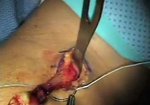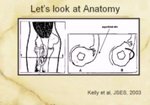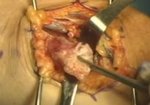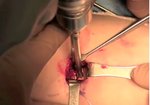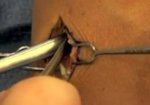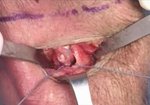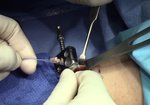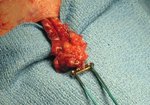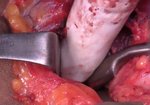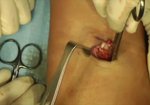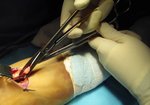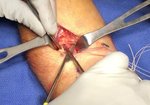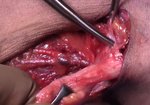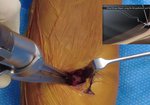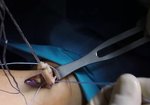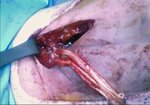Video Player is loading.
Current Time 0:00
/
Duration 0:00
Loaded: 0%
Stream Type LIVE
Remaining Time -0:00
1x
- 0.5x
- 0.75x
- 1x, selected
- 1.25x
- 1.5x
- 1.75x
- 2x
- Chapters
- descriptions off, selected
- captions settings, opens captions settings dialog
- captions off, selected
This is a modal window.
Beginning of dialog window. Escape will cancel and close the window.
End of dialog window.
10 seconds
Playback speed
This is a modal window. This modal can be closed by pressing the Escape key or activating the close button.
Distal Biceps Rupture: Surgical Management with Single Incision Approach and Cortical Button Fixation
5,393 views
April 6, 2021
Orthopedic Shoulder Surgeon, Dr. Peter Millett is an expert in treating ruptures of the distal ...
read more ↘ tendon of the biceps muscle (tendon attaching to the forearm). This injury accounts for approximately 1.2 cases per 100,000 patients per year. The dominant extremity is involved 86% of the time and smokers seem to have 7.5 time higher risk of a tendon rupture. The biceps muscle plays an important role in flexing the elbow.
The mechanism of injury of this type of tendon rupture is not well understood. Both mechanical mechanisms as well as limited vascularization (blood supply) of the tendon are likely to play a role.
Distal biceps tendon ruptures present with an initial tearing sensation accompanied by acute pain; weakness may follow. The hook test is very reliable for diagnosing ruptures (the examiner 'hooks' his index finger around the torn tendon', and magnetic resonance imaging (MRI) can provide information about the integrity and possible degeneration of the tendon.
In recent years, the surgical fixation methods available for re-fixation of the torn tendon have improved. Surgical techniques which have been used for various reasons are called 'one-incision' and 'two-incision' techniques; The surgical technique of the 'one' or 'single-incision' procedure is further explained in this video.
↖ read less
read more ↘ tendon of the biceps muscle (tendon attaching to the forearm). This injury accounts for approximately 1.2 cases per 100,000 patients per year. The dominant extremity is involved 86% of the time and smokers seem to have 7.5 time higher risk of a tendon rupture. The biceps muscle plays an important role in flexing the elbow.
The mechanism of injury of this type of tendon rupture is not well understood. Both mechanical mechanisms as well as limited vascularization (blood supply) of the tendon are likely to play a role.
Distal biceps tendon ruptures present with an initial tearing sensation accompanied by acute pain; weakness may follow. The hook test is very reliable for diagnosing ruptures (the examiner 'hooks' his index finger around the torn tendon', and magnetic resonance imaging (MRI) can provide information about the integrity and possible degeneration of the tendon.
In recent years, the surgical fixation methods available for re-fixation of the torn tendon have improved. Surgical techniques which have been used for various reasons are called 'one-incision' and 'two-incision' techniques; The surgical technique of the 'one' or 'single-incision' procedure is further explained in this video.
↖ read less
Comments 0
Login to view comments.
Click here to Login

